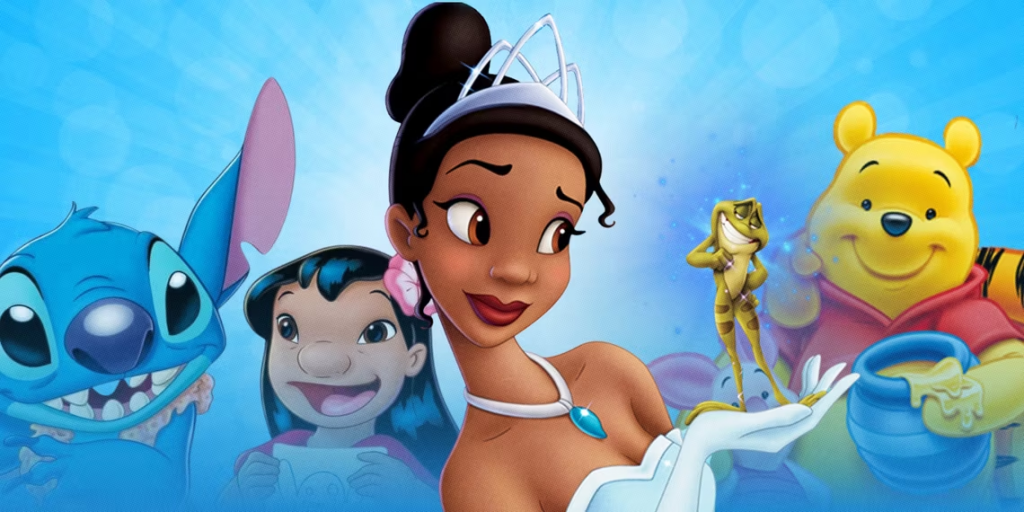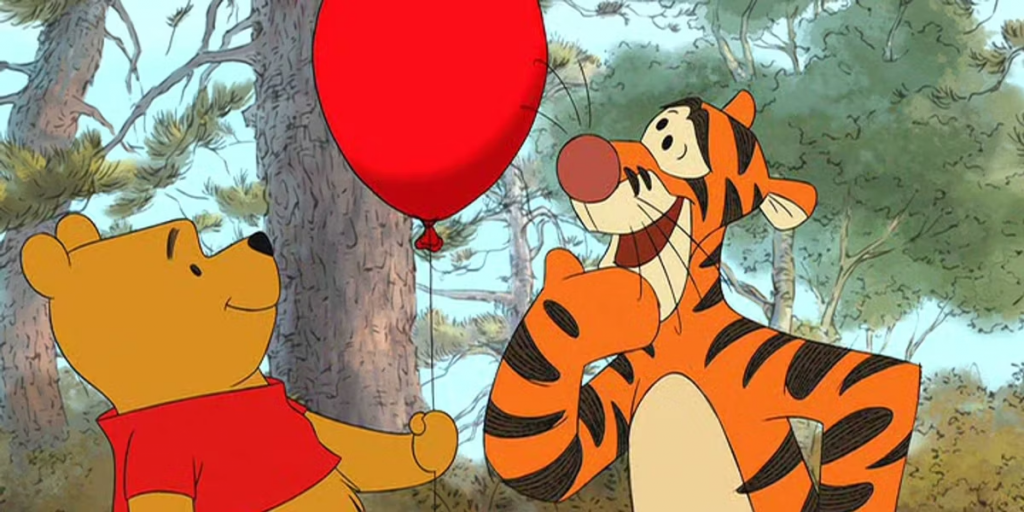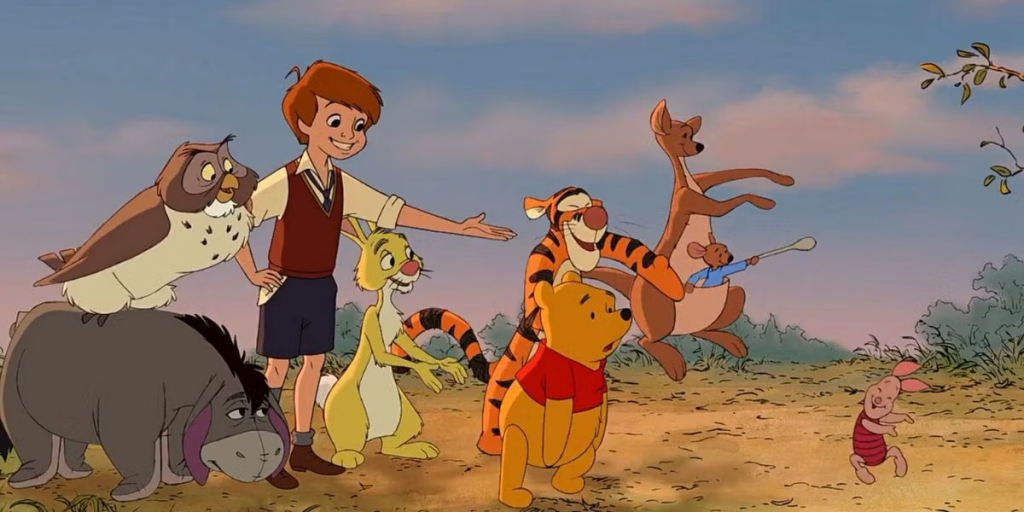
Contrary to common belief, “The Princess and the Frog” did not mark the end of Disney’s traditional 2D animation style. When discussing Walt Disney Animation Studio’s extensive catalog, many point to the 2009 film “The Princess and the Frog” as the studio’s last 2D animated movie before transitioning to 3D animation with films like “Tangled,” “Frozen,” and “Moana.” However, it’s worth noting that “The Princess and the Frog” was actually the penultimate 2D animated feature from Disney. The true final film to embrace this traditional style came out two years later and, while not a blockbuster, provided a fitting conclusion to Disney’s iconic tradition.
Disney’s last 2D animated feature was “Winnie the Pooh,” released in 2011. This film, directed by Stephen Anderson and Don Hall, was a reboot of one of Disney’s oldest licensed properties, featuring characters from A.A. Milne’s beloved children’s books. The Winnie the Pooh franchise had been part of Disney since 1961 when Walt Disney himself acquired the licensing rights. Over the years, Pooh and his friends appeared in various Disney projects, including TV shows, direct-to-video films, and shorts, all adhering to the original 2D animation style that resembled beautifully illustrated children’s books.
“Winnie the Pooh” aimed to reintroduce the franchise to a new generation while staying true to its traditional 2D animation roots. The film’s animation retained the classic hand-drawn look, and its narrative focused on simplicity and the themes of friendship and love. In contrast to the grandiose themes of Disney’s Renaissance-era films, “Winnie the Pooh” opted for a more modest and heartfelt approach.

The movie’s runtime was a brief 63 minutes, following Pooh and his friends as they embark on various misadventures in the Hundred Acre Wood. It emphasized the values of friendship and love in their purest forms, offering a refreshing and innocent perspective on these themes through a childlike lens.
In many ways, “Winnie the Pooh” harkened back to Disney’s earliest projects, such as the Alice, Mickey Mouse, and Silly Symphony cartoons, which showcased anthropomorphism and a fairy tale-like quality. Unlike the pop culture references and modern musical styles of the Disney Renaissance, “Winnie the Pooh” resembled the films from the 1940s and 1950s in terms of pace and tone.
Unfortunately, “Winnie the Pooh” did not perform as well at the box office as expected, facing tough competition from other films like “Harry Potter and the Deathly Hallows: Part 2.” While it turned a profit, it was relatively small compared to earlier Disney movies. The film’s revenue was overshadowed by the success of 3D animated films like “Tangled” and “Wreck-It Ralph,” signaling the industry’s shift towards 3D animation.

However, it’s important to note that “Winnie the Pooh” was not solely responsible for the decline of Disney’s 2D animation tradition. The shift had been in progress for some time due to underperforming 2D films in the 2000s, while 3D animated projects from Disney’s acquisition of Pixar and competition from other studios were gaining momentum.
In conclusion, “Winnie the Pooh” marked the end of an era for Disney’s 2D animation style, not because it caused the shift but because it provided a heartfelt and dignified farewell to this cherished tradition, focusing on simplicity, sincerity, and the enduring themes of friendship and love.
We bring out some of the most well-known Disney collection, all of which are available at reasonable costs. Visit our link now if you are interested in the Disney collection


Snow White, Cinderella, Aurora, Ariel, Belle
